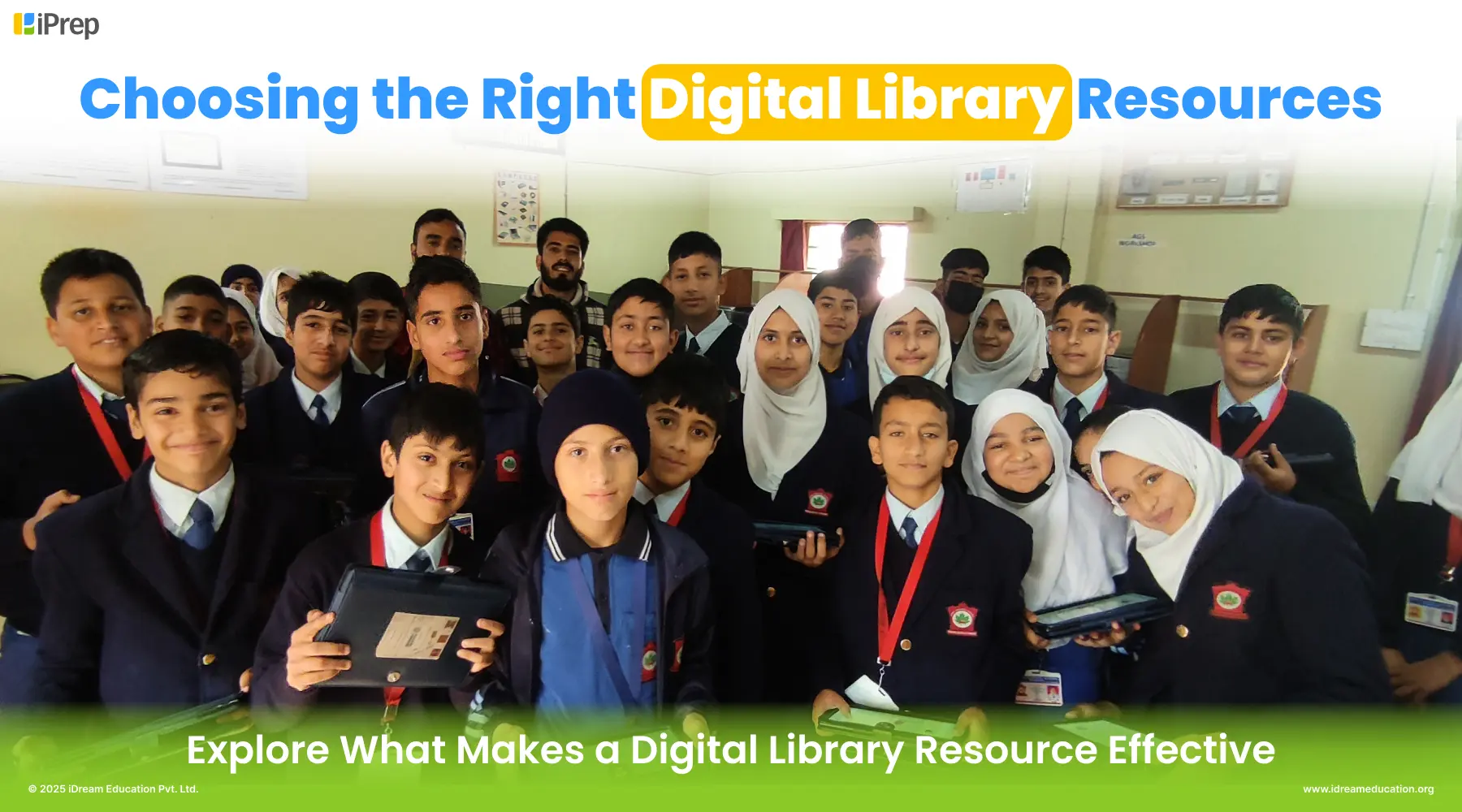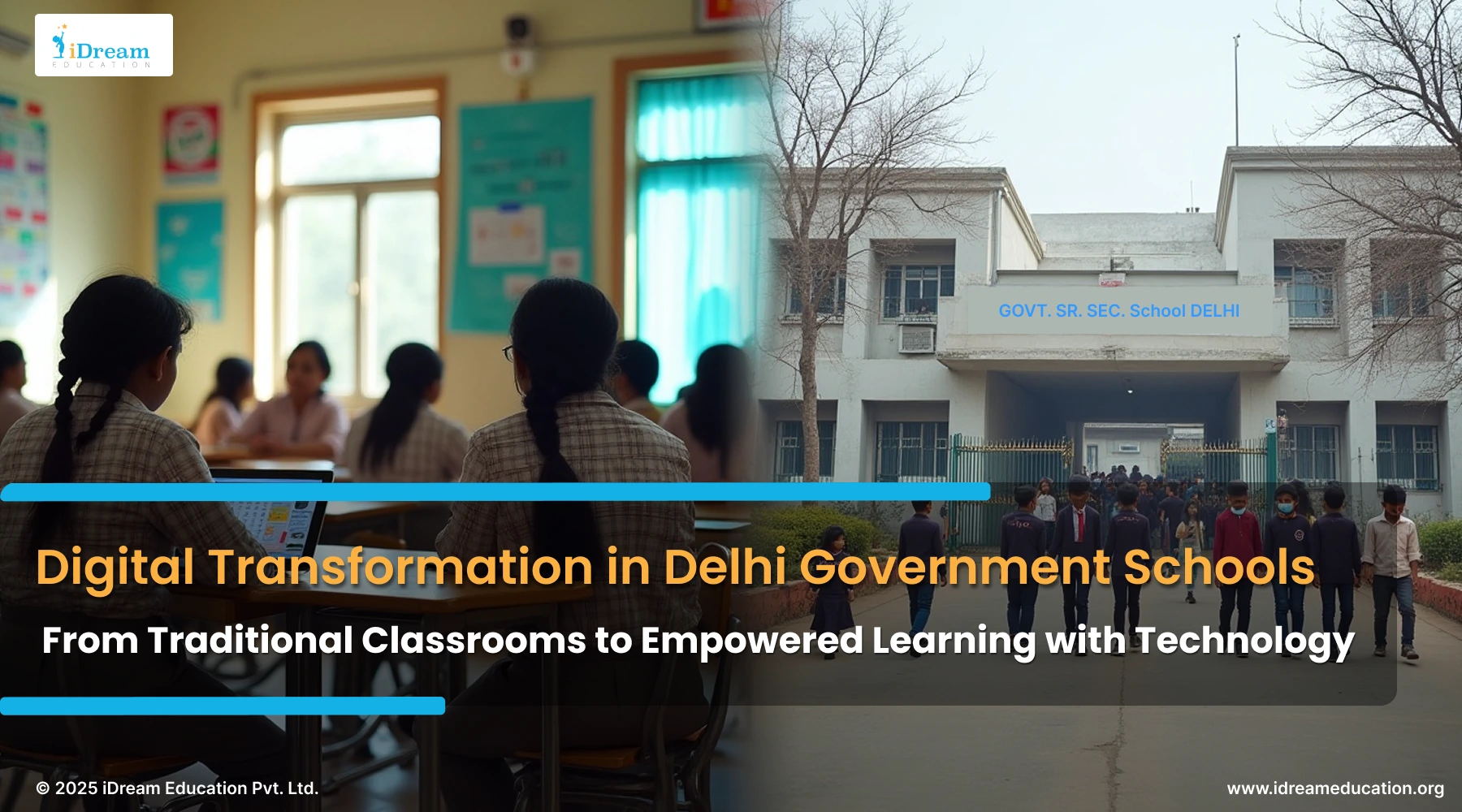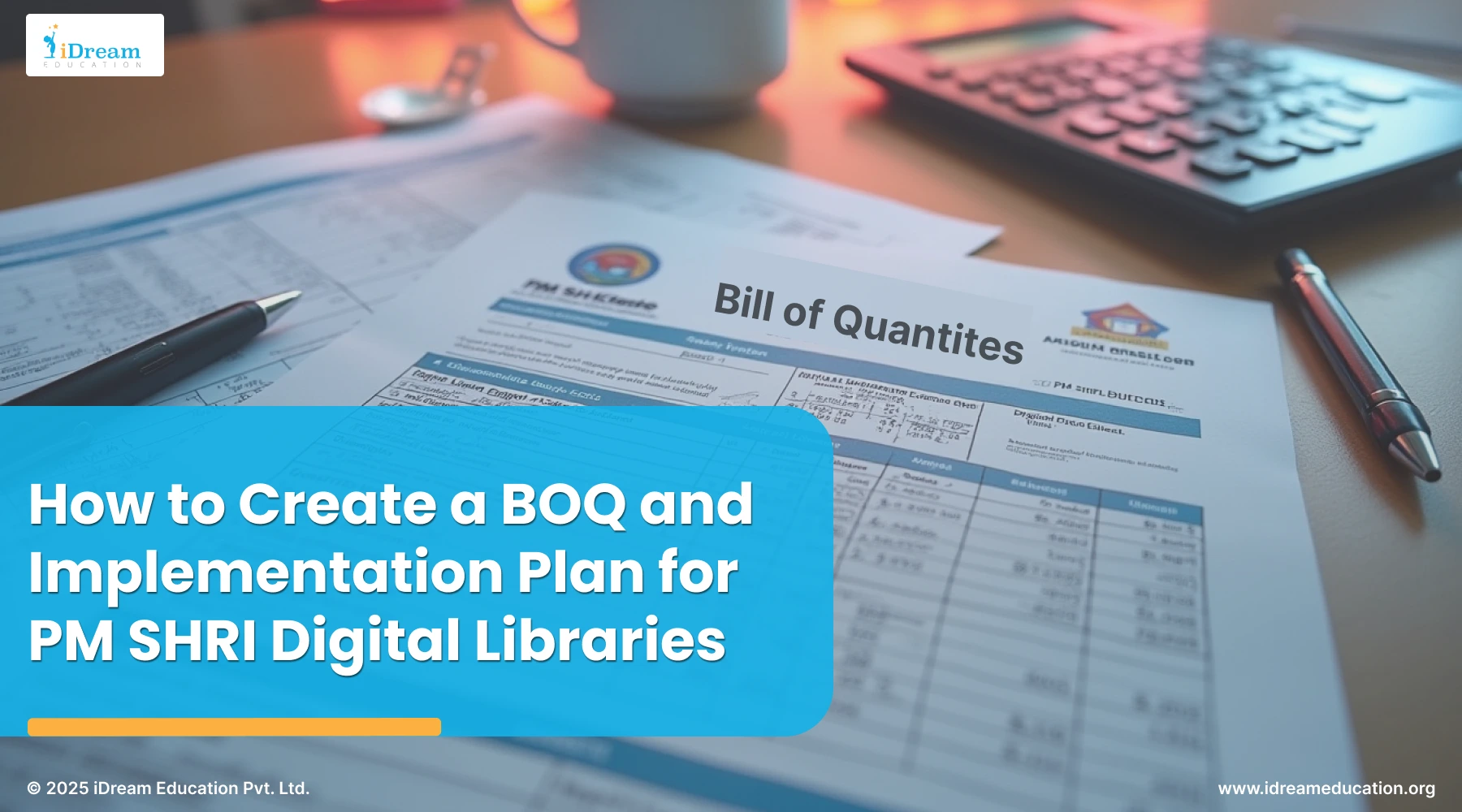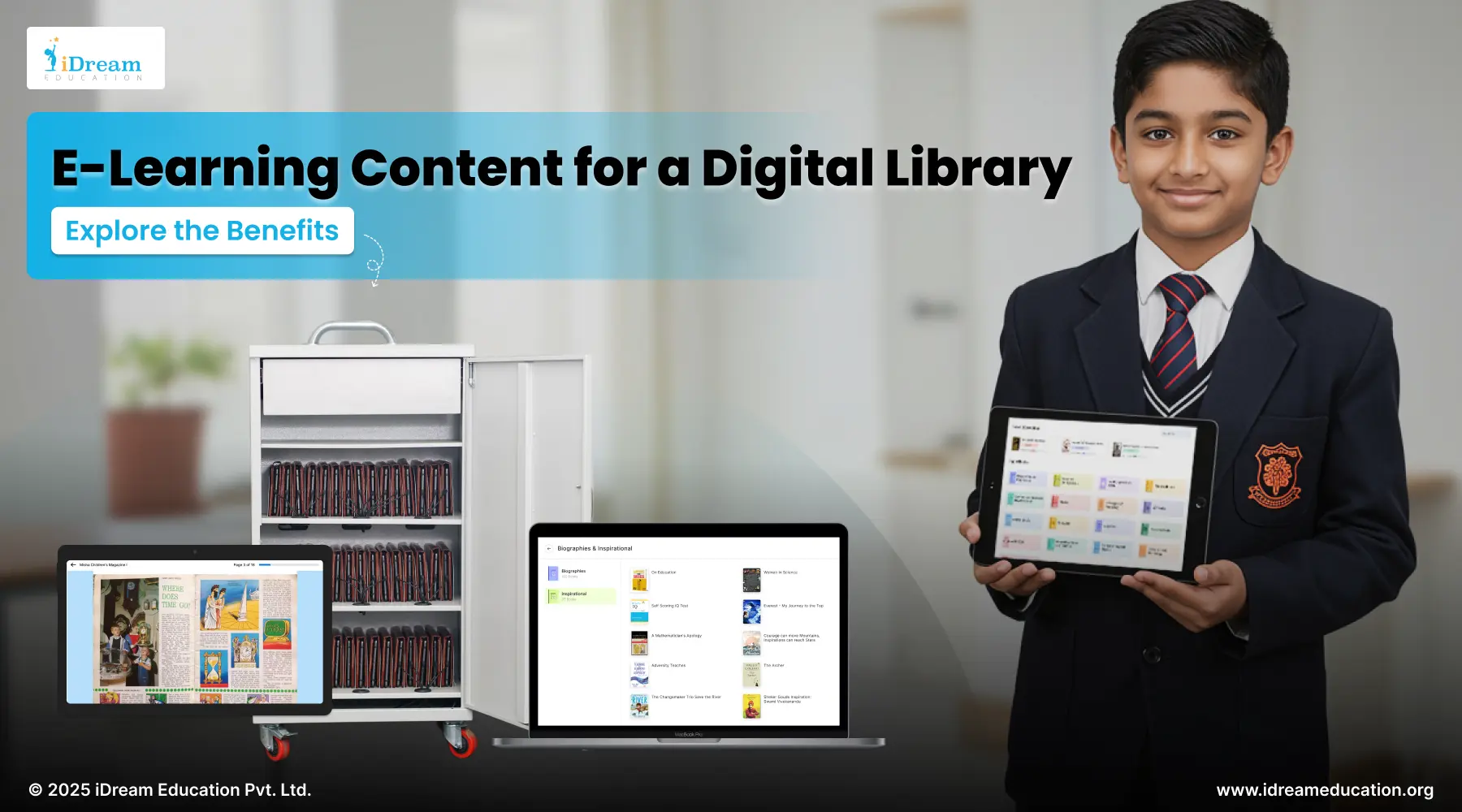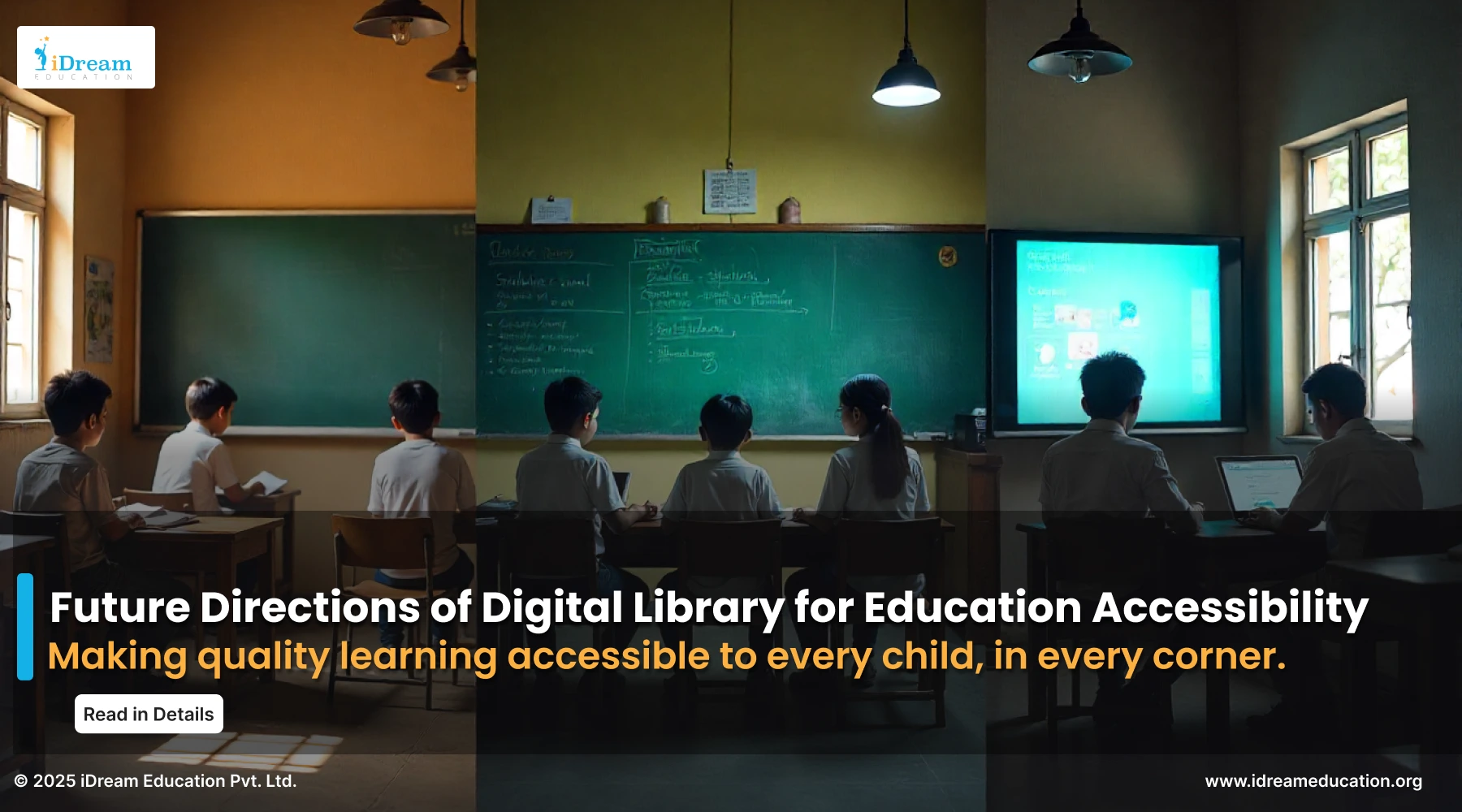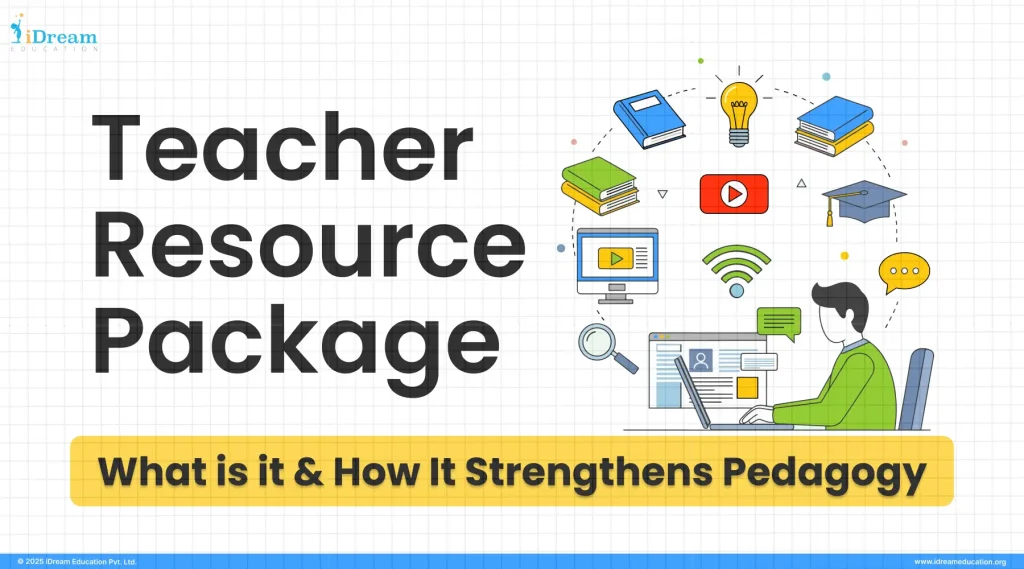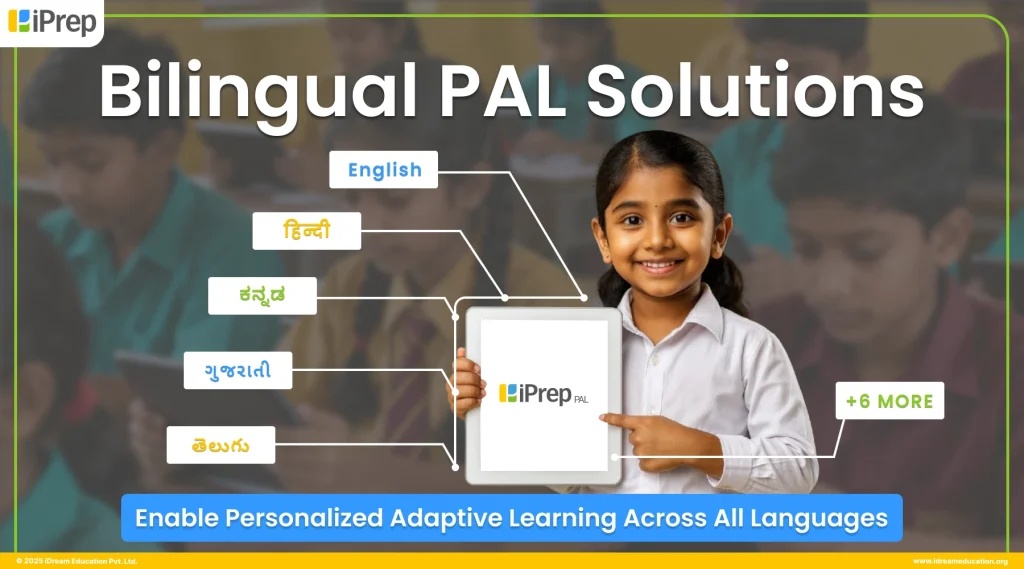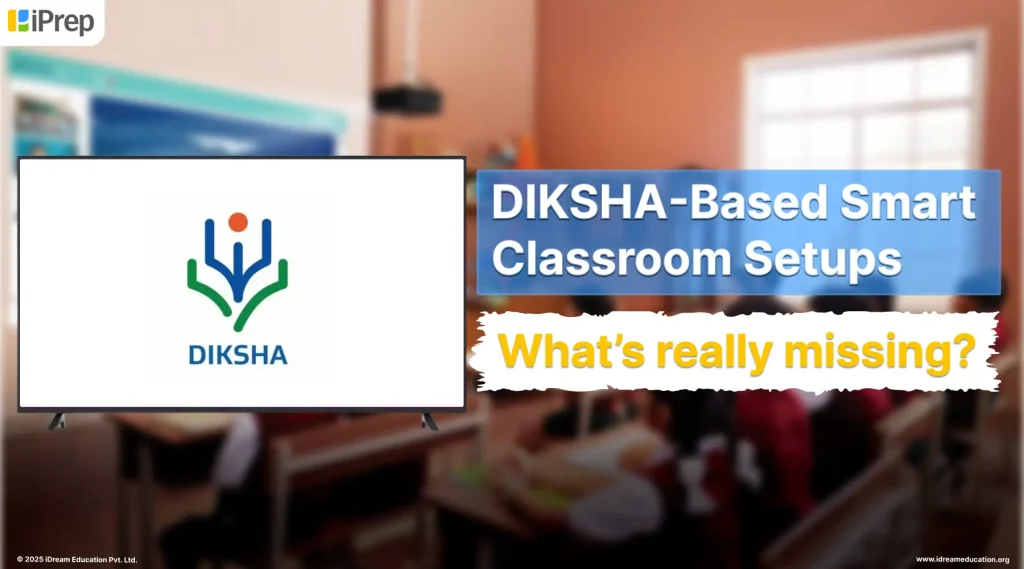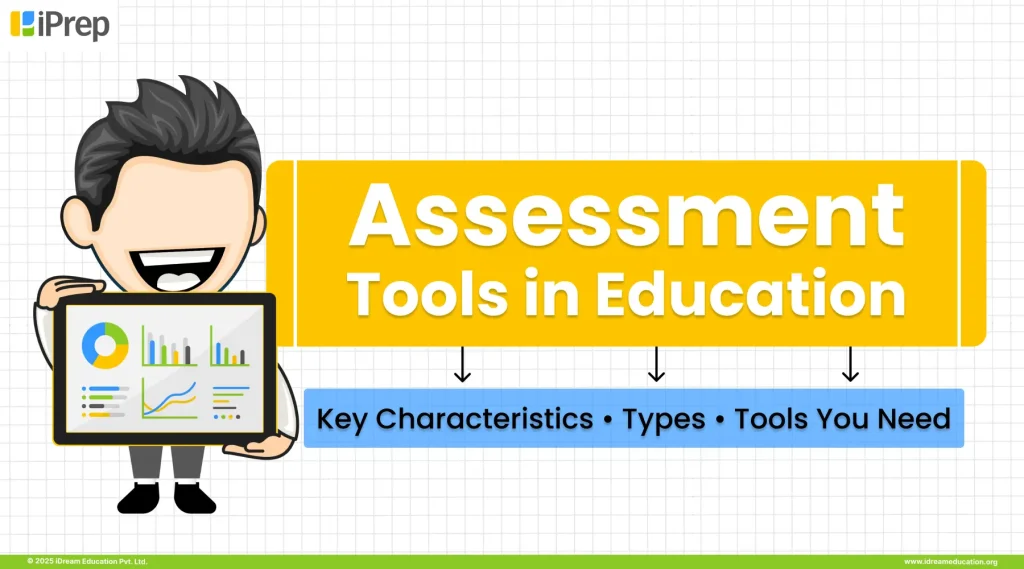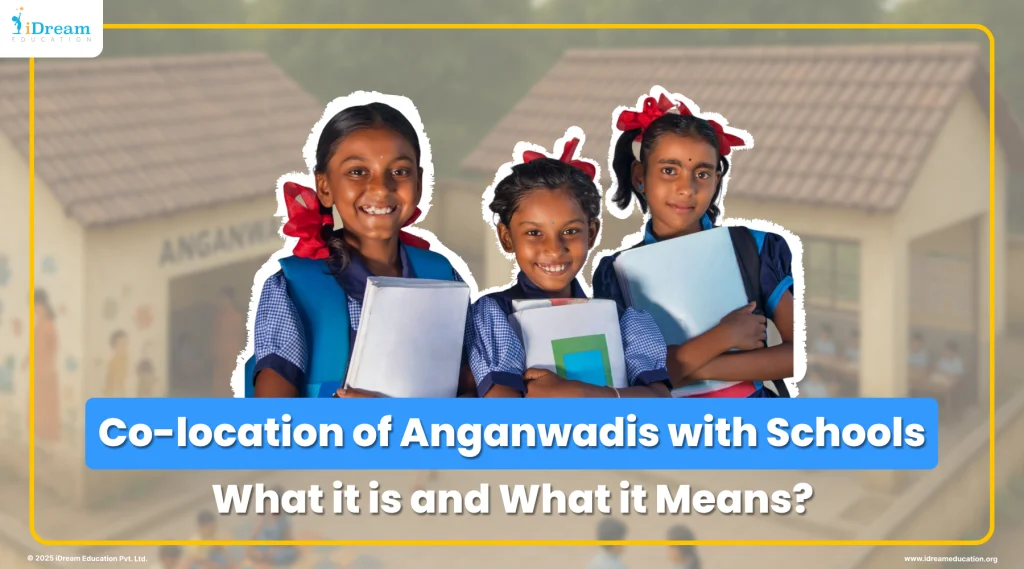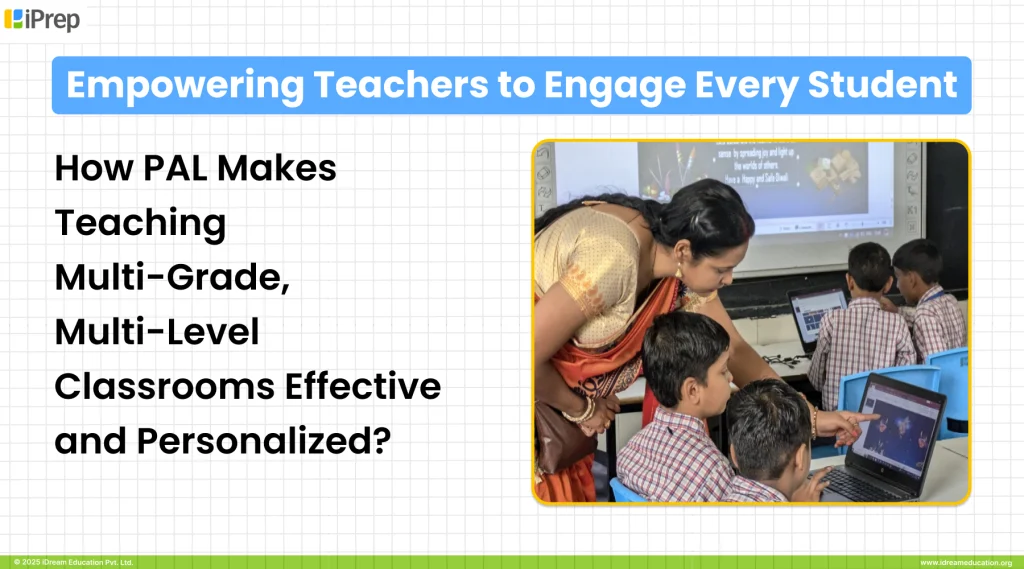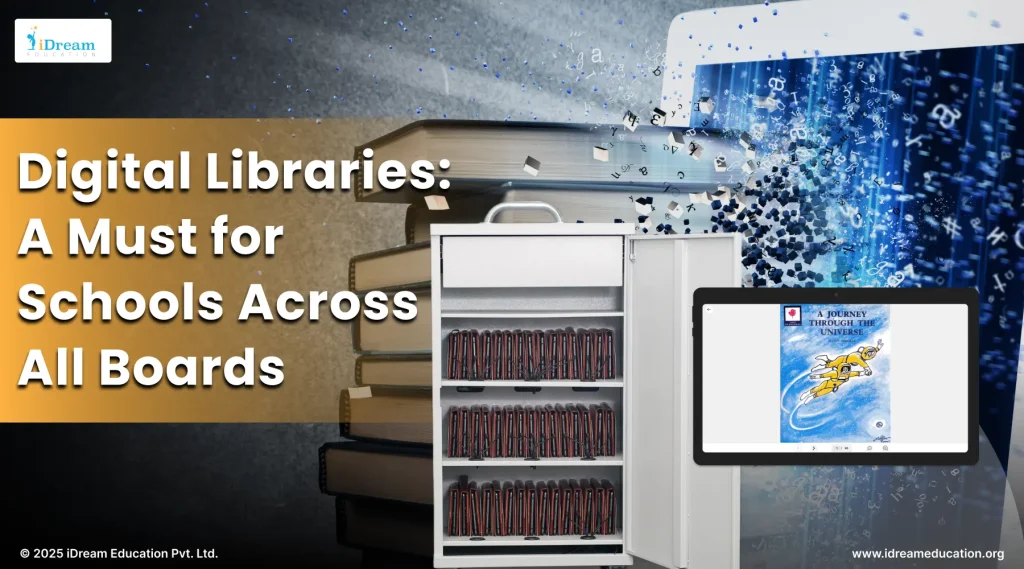
When we visit schools, one thing we notice time and again is how the curiosity of students has outgrown the four walls of the classroom. They don’t just stop at what’s written in their textbooks. They want quick answers to their questions, clearer explanations of concepts, and sometimes even more examples than a single chapter can provide. And in today’s world – where almost everything is available instantly at our fingertips, why should learning be any different?
Imagine a student who has just learned about space exploration in class. The curiosity doesn’t end when the bell rings. They might want to watch a short documentary about the Mars Rover, read about the life of Kalpana Chawla, or understand how rocket propulsion works in more detail. But without easy access to reliable learning resources, this curiosity often fades before it can turn into deeper understanding.
This is where a Digital Library Becomes Your Answer
It brings multi-format, multi-cultural, and multi-level reading and learning resources directly to students. They don’t have to spend hours searching or depending solely on what’s available in a physical library.
But can a digital library work in both CBSE and state board schools?
Absolutely. Digital libraries can be implemented in any school across India. Importantly, it can be customised and setup with content in preferred languages. You can also align your digital library setup with both state and national education goals.
Since most state board content is mapped to the CBSE curriculum, a CBSE digital library can also be implemented in any state. This offers relevant and engaging diverse e-library resources for school students.
Did you know? CBSE already has its own official digital library known as CBSE’s Digital Library
CBSE’s digital library emphasizes a wide collection of materials, including books, periodicals, newspapers, manuscripts, prints, documents, CDs, cassettes, videotapes, DVDs, and much more. Beyond that, it connects students to an even larger universe of knowledge through platforms such as the National Digital Library of India, the Universal Digital Library, and the International Children’s Digital Library, opening up a world of authentic and diverse learning.
The vision behind CBSE’s digital library is deeply connected to CBSE’s broader mission: to create a robust, vibrant, and holistic school education system that fosters excellence in every sphere of human endeavour. It’s about developing learners who are not just academically competent, but also confident, compassionate, and equipped to contribute to harmony and peace in society. The emphasis is on holistic development and nurturing not just the mind, but also values, creativity, and critical thinking skills.
To achieve this, everyone involved in education – schools, teachers, parents, and the larger community must work together to make diverse resources of CBSE Digital Library accessible to all School students across India
- With a CBSE Digital Library, every student in every corner of the country can have equal access to multi-cultural, and multi-level e-books, journals, sample papers, biographies, interactive learning modules, and CBSE-aligned study materials, right at the touch of a finger.
- For teachers, CBSE Digital Library is an equally powerful tool. Instead of spending hours searching for quality teaching materials, they can instantly find ready-to-use lesson plans, worksheets, reference materials, and multimedia content. This not only saves time but also helps make lessons more engaging and effective. A well-implemented CBSE digital library in any school means a teacher can complement their lesson planning and bring the concept to life.
CBSE/State Digital Library implementation in schools aligns with CBSE’s mission of creating a safe, inclusive, and stress-free learning environment, while also preparing students to be competent and confident citizens in a rapidly changing world.
In a time when knowledge is expanding faster than ever before,
The question is no longer “Should schools adopt digital libraries?” The real question is “Can we afford not to?” Every moment we delay is a moment where a student’s curiosity might go unanswered.
So, Let Us Look at Some Important Factors: Why Should Every School Have a CBSE/ State Board Digital Library?
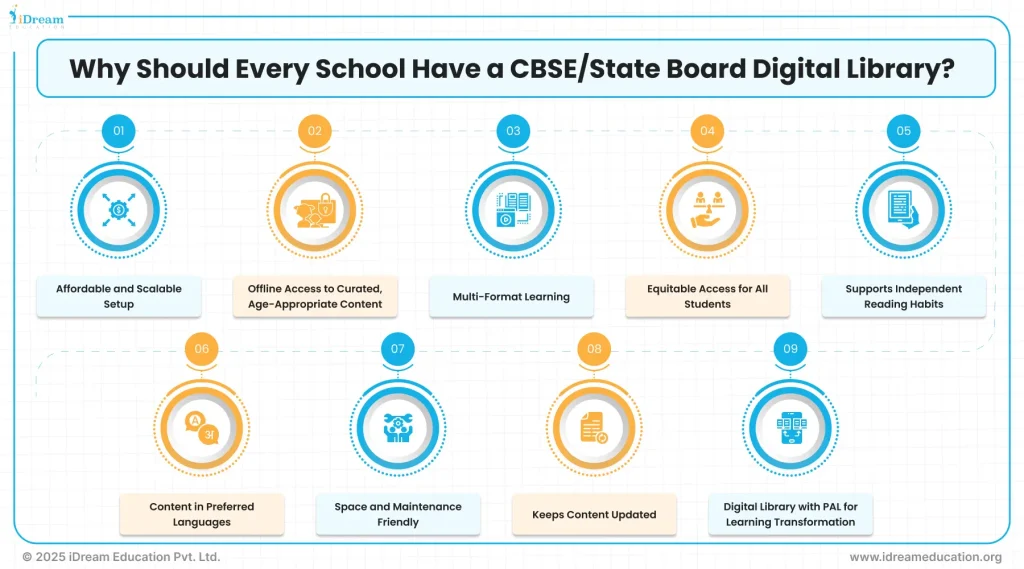
Affordable and Scalable Setup
Setting up a digital library doesn’t require large-scale construction or expensive furniture. All you need is a simple, cost-effective library solution such as a charging trolley or a mini computer server paired with a few devices for students. This makes the setup highly affordable and easy to replicate across multiple schools. All it requires is prioritising the right devices and digital library resources aligned with CBSE or state boards. With digital library content available in the preferred language, you can get started without any major hassle.
Offline Access to Curated, Age-Appropriate Content
With the right digital library vendor, schools can offer students a rich collection of age-appropriate, well-curated e-library resources, all accessible offline. This includes CBSE or state board-aligned reading and learning materials, available in the preferred language, without any internet dependency. Students get to learn and read in a safe library environment without the struggle of searching endlessly for relevant resources. Everything is preloaded, well-organised, and available in abundance to match students’ interests, curriculum needs, and reading levels. This ultimately saves time and ensures focused, meaningful learning.
Multi-Format Learning
Through a right implementing agency partner for digital libraries you can e-library content in multiple formats. Thai includes e-books, audiobooks, and journals to sample papers, poems, stories, PDFs, reference videos, and more. This variety caters to different learning styles, whether a student prefers reading, listening, or visual learning. It empowers students to choose how they want to explore knowledge, making learning more engaging, personalised, and easily accessible.
Equitable Access for All Students
Digital libraries help bridge the gap for rural and under-resourced schools where physical libraries may be limited or outdated. With the easy setup of CBSE or state board-aligned digital libraries, schools can provide every student, equal access to quality reading and learning materials regardless of location. This ensures that all learners, whether in a metro city or a remote village, can benefit from the same rich, well-organised e-library content and reading opportunities.
Supports Independent Reading Habits
A digital library in every school encourages students to explore and learn beyond their prescribed syllabus. This is big add on to schools to build a genuine love for reading. With a wide variety of engaging and well-curated library resources, students can follow their curiosity, discover new topics, & read at their own pace. This nurtures self-learning skills, strengthens comprehension, expands vocabulary, and builds critical thinking. Over time, it helps create confident, independent learners who see reading not as a school task, but as an enjoyable lifelong habit.
Digital library Content in Preferred Languages
Another key reason why every school should have a digital library is its ability to provide resources in multiple languages. These include English, Hindi, and various regional languages. Digital libraries empower schools to offer e-library content in the medium of instruction they follow. They also adapt to students’ comfort levels, ensuring learning feels natural and accessible. Unlike many physical libraries, which may have limited language diversity, a digital library can offer an extensive collection across multiple languages without space or stocking limitations. This ensures that students learn and read in the language they understand best. This makes the content more relatable, improving comprehension, and fostering inclusion for learners from different linguistic backgrounds.
Space and Maintenance Friendly
Digital libraries are remarkably easy for schools to maintain, requiring no large storage areas, shelving, or physical upkeep. There’s no recurring cost of repairing torn pages, replacing lost or damaged books, or organising stacks of physical materials. Once set up, the content remains intact, updated, and easily accessible without the wear and tear that physical books face. This not only saves schools valuable space and operational effort but also ensures that the library’s collection remains fresh, organised, and ready for students at all times.
Keeps Content Updated
One of the biggest reasons why every school should have a digital library is how effortlessly it can stay current. With digital libraries, schools can get updated and expand the collection with new books, reference materials, and multimedia resources. This ensures students and teachers always have access to the most relevant, accurate, and up-to-date information without waiting for new physical copies to arrive. Updates can also include supplementary resources such as practice papers, exam guides, or topic-specific videos, keeping the library dynamic and in sync with evolving learning needs.
Digital Library with PAL for Learning Transformation
With the right implementing agency for digital library setup, schools can set up Digital Library with PAL. This aligns with the School Transformation Framework of the PM SHRI Yojana. This powerful combination provides access to a rich digital library. It also empowers students to assess their own learning, identify historical gaps, and work on them at their own pace. By addressing these gaps systematically, students are better equipped to achieve grade-level learning outcomes.
With a digital library, CBSE/ State board schools can create a culture of reading and exploration without the barriers of space, cost, or accessibility. Digital library is a future-ready solution for both CBSE and state board schools.
If you are looking for a CBSE digital library or digital library for state board schools, we would be happy to collaborate. You may contact us at +91 7678265039 for a demo of our e-library content. We will help you explore multiple easy and affordable setup options for schools. We can also share examples of our successfully implemented digital library setups for schools, along with the process schools follow to ensure equitable access and a safe, engaging reading environment. You can write to us at share@idreameducation.org or share your details here
Frequently Asked Questions -
1. Why is it important to give students access to learning resources beyond their textbooks?
Because students today are naturally curious and often want to go deeper than what’s covered in a classroom. Providing them with easy access to reliable resources keeps their curiosity alive and helps them build a stronger, real-world understanding of concepts.
2. Can a digital library work in both CBSE and state board schools?
Yes. Digital libraries can be implemented in any school across India, in preferred regional languages, and aligned to both state and national education goals. Since much of the state board syllabus overlaps with the CBSE curriculum, a CBSE-aligned digital library can be implemented for learners in state board schools.
3. What kinds of resources are available in CBSE’s official digital library?
CBSE’s Digital Library provides an extensive collection—books, periodicals, newspapers, manuscripts, prints, documents, CDs, cassettes, videotapes, DVDs - plus access to larger platforms like the National Digital Library of India, Universal Digital Library, and International Children’s Digital Library.
4. How does a digital library support holistic development in students?
By offering multi-format, multi-cultural, and multi-level learning materials, digital libraries encourage creativity, critical thinking, and value-based learning. They nurture not just academic skills, but also confidence, compassion, and a global perspective, supporting CBSE’s vision of holistic education.
5. Why should every school have a CBSE/State Board Digital Library?
Because it offers an affordable, scalable way to give all students, regardless of location or background, to ensure equitable access to high-quality learning resources. It offers offline access to curated, age-appropriate content in multiple formats and preferred languages, supports independent reading habits, keeps content updated without extra storage space, and is easy to maintain. Plus, when integrated with Personalized Adaptive Learning (PAL), it transforms learning by helping students assess and cover their historical learning gaps.


